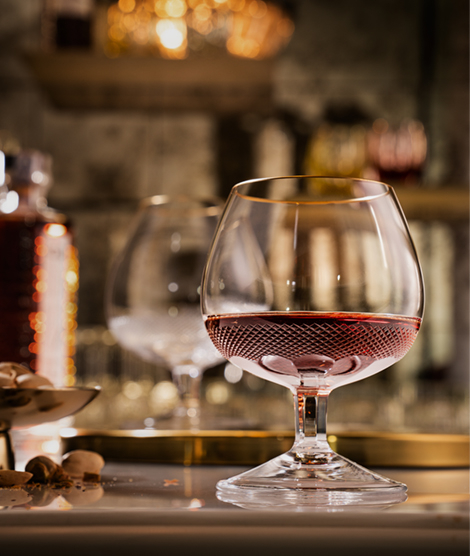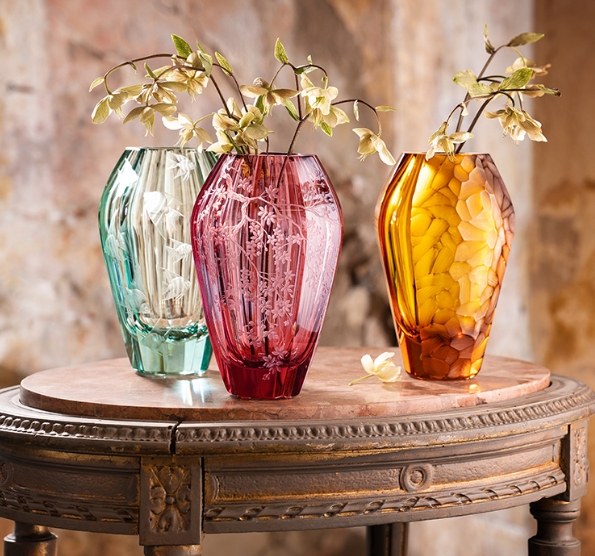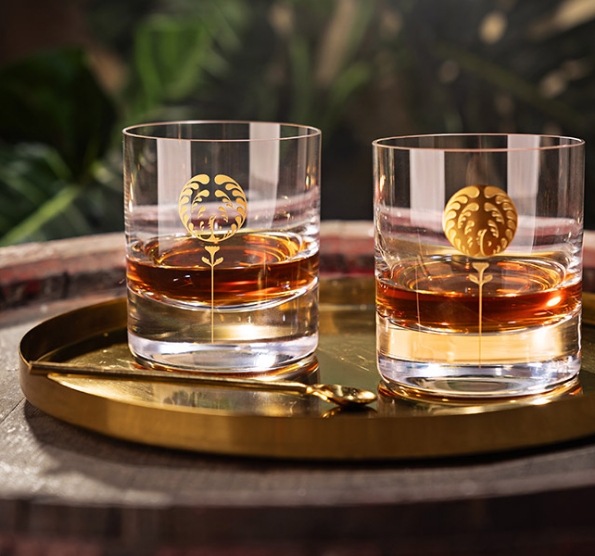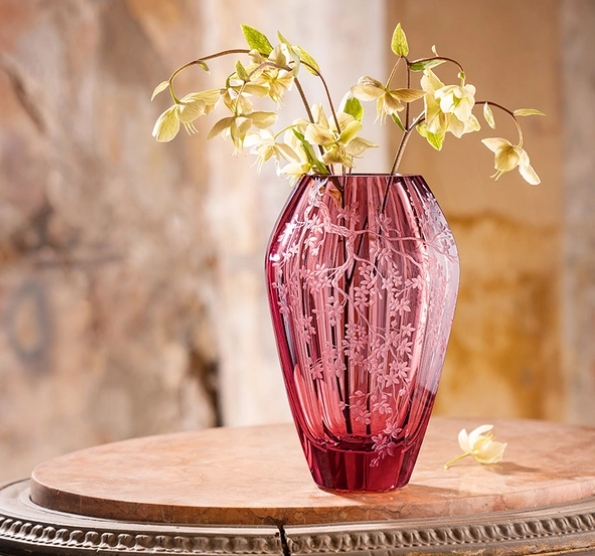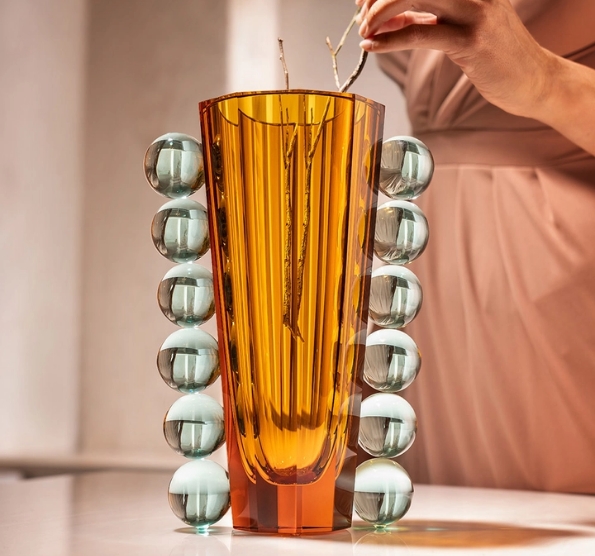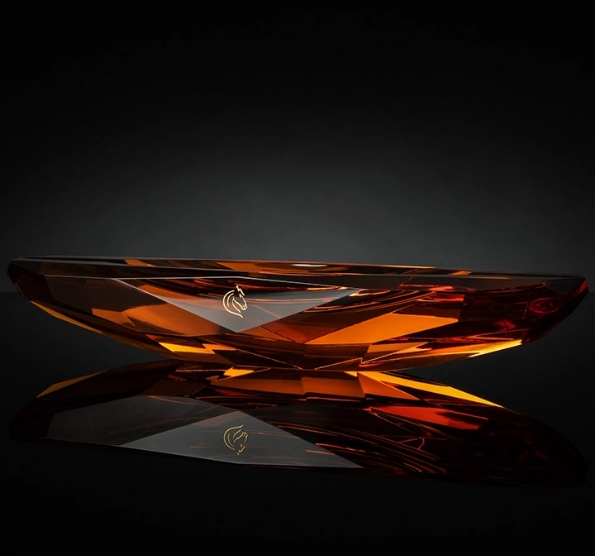Breadcrumbs navigation
- Home page
- About Moser
- Blog
- Antics on stage and the upside-down model

Antics on stage and the upside-down model
Another year of the Karlovy Vary International Film Festival has begun. The judges award the best creators and artists with a crystal globe embraced by a woman. This trophy has been made by the masters in our glassworks since the very beginning. What changes has it undergone during this festival’s 57-year history? Why could its predecessor often be seen rolling around on the stage, and why did the current rendition require a model to hang upside down?
HUMOROUS BUT UNDIGNIFIED
The designer of the statuette, weighing 5 kg and standing 42 cm tall, is photographer Tono Stano. The Slovak artist received this commission when the original award proved both unsuitable and impractical. That’s because it was shaped like a Karlsbad wafer placed in a film box. During the award ceremony, the laureates were often unsure of what to do with it. When the actors and directors aimed to shake hands or share a hug, they typically had to shove the prize under their armpit. And there were times when it fell and rolled around the stage as people attempted to catch it. The situation was generally comedic, although disparaging to the award. And thus, it was time for a change.
THE FLYING MODEL
The model for the woman holding the globe was the second Vice Miss of the Czech Republic, Ema Černáková. But, in this case, you couldn’t call her simply “the model”. For Tono Stano to capture the ideal body position, Ema had to agree to a rather uncommon technique. “During the shoot with Tono Stano, I hung upside down from my feet, hugging an exercise ball. They used a pulley to haul me into the air. But that wasn’t all; I got to “experience” flying a second time when filming the signature tune for the KVIFF,” recalls Ema Černáková.
After the shoot, Ema then went to the studio of sculptor Martin Krejzlík, who cast a mould of her face. Later, she lounged in an armchair in the studio while the sculptor modeled her feet. The realistic portrayal, however, didn’t meet the ethereal muse’s expectations, which is why its final design is the one we’re familiar with today.

NUDITY IN ART NOUVEAU
Ema had to pose in the nude. She wasn’t put off by nudity, rather she found it to be quite natural. “Of course, it’s different in the reflectors’ light; I’m not an exhibitionist,” explains Ema. “What’s important is that I always worked with professionals, who ensured a pleasant and safe environment, where I could relax and focus on the work’s purpose.”
The resulting statuette is reminiscent of Art Nouveau or Art Deco with its expression. And such was the goal. Tono Stano wanted the award to enter the film world naturally, evoking something familiar from history.

AN EXTRAORDINARY PIECE
The challenging and precise work of our glassmakers hides behind the simple and elegant form. When the casts arrive at the glassworks, the crystal balls need to be made. They must have the exact dimensions of 11.5 cm to fit flawlessly in the statuette’s hands. It takes 20 minutes in the oven to create a single globe, but that’s the easiest part. It then passes into the cutter’s hands, whose job it is to work it into the perfect shape and anchor it to the statuette using a special material.
For her work, Ema received a symbolic fee as well as a photo book with a personal inscription by Tono Stano. But if you ask her, that’s not the most important part. “The main thing is the feeling that I was – and still am – part of something extraordinary. After all, the greatest personalities of cinema from around the world receive this award,” added Ema. Stars such as Robert Redford, Michael Douglas, Robert de Niro, Susan Sarandon, Helen Mirren, John Travolta, Mel Gibson, and directors like Miloš Forman and Oliver Stone have walked away with a crystal globe for their outstanding contribution to the arts.

